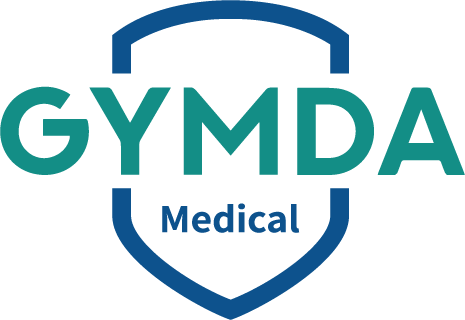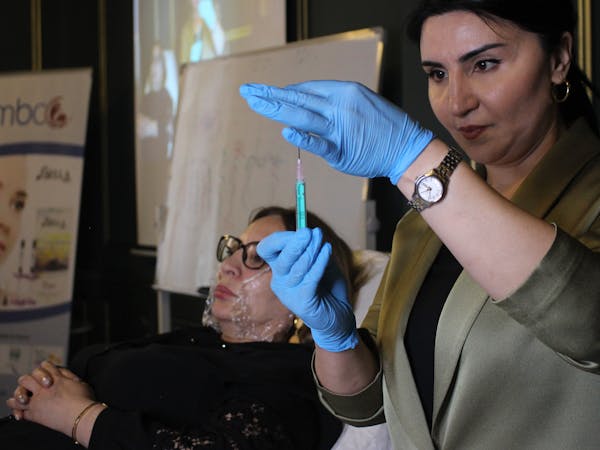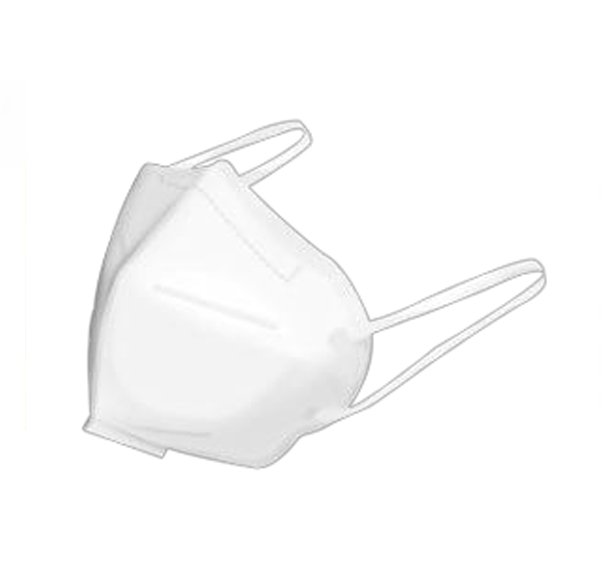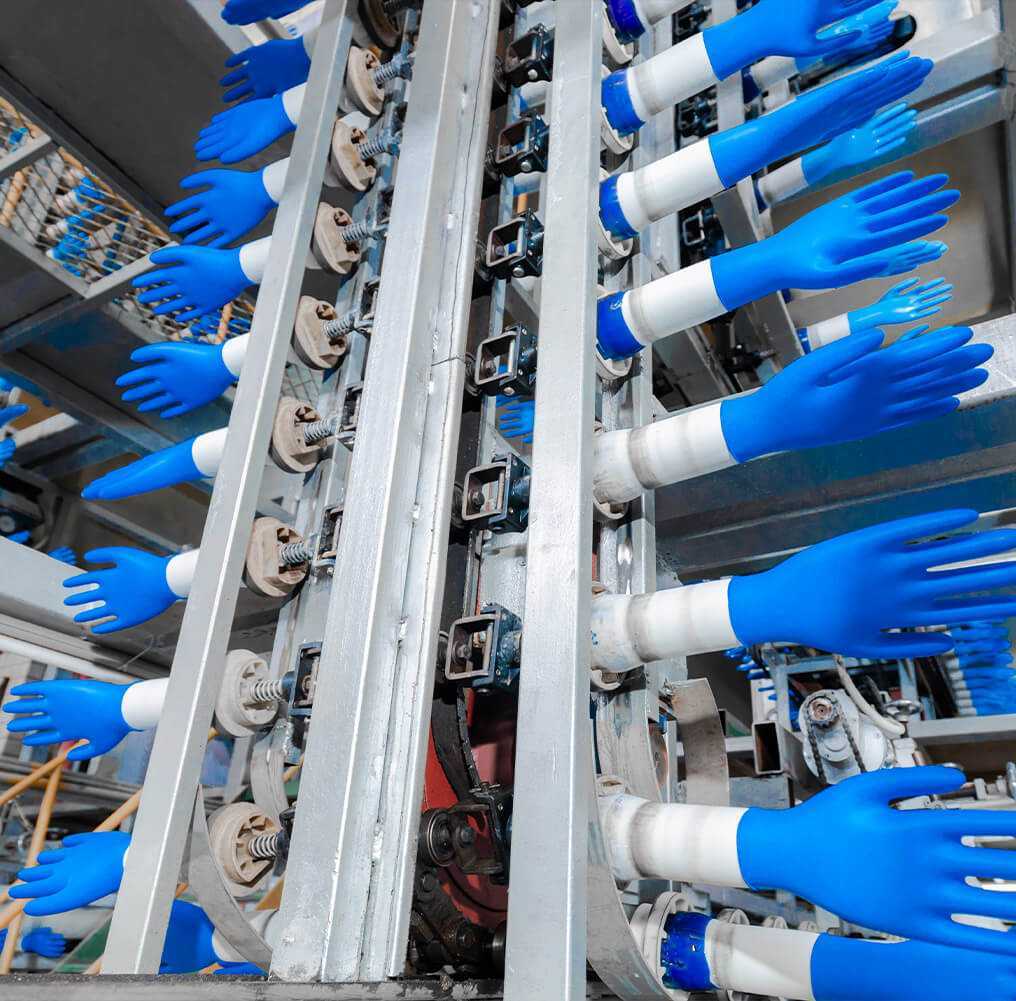In the food processing industry, selecting the right Personal Protective Equipment (PPE) is crucial not only for worker safety but also for ensuring food safety and compliance with regulatory standards. This comprehensive guide will help you understand how to select appropriate PPE for food processing environments, with a special focus on hand protection options.
Why PPE Selection Matters in Food Processing
Food processing environments present unique challenges that require specialized protective equipment. The right PPE helps:
- Prevent cross-contamination and foodborne illness
- Protect workers from chemical, biological, and physical hazards
- Ensure compliance with FDA, USDA, and other regulatory requirements
- Maintain product quality and integrity
- Reduce the risk of costly product recalls
Key Considerations for Food Processing PPE Selection
When selecting PPE for food processing environments, consider these essential factors:
1. Food Contact Suitability
Any PPE that may come into direct or indirect contact with food must be food-grade and comply with FDA regulations for food contact materials. Look for equipment that is:
- Made from food-safe materials
- Free from harmful chemicals that could migrate to food
- Certified for food contact (FDA compliant, EU approved, etc.)
- Detectable (in environments where metal or x-ray detection is used)
2. Processing Environment Requirements
Different food processing environments have specific PPE needs:
| Environment Type | Special Considerations |
| Meat and poultry processing | Cut resistance, waterproof, cold protection |
| Dairy processing | Chemical resistance, waterproof, thermal protection |
| Bakery operations | Heat resistance, dust protection |
| Seafood processing | Waterproof, cold protection, cut resistance |
| Ready-to-eat foods | Highest sanitation standards, frequent changing |
3. Hazard Assessment
Conduct a thorough hazard assessment to identify specific risks in your facility:
- Physical hazards: Sharp tools, equipment, extreme temperatures
- Chemical hazards: Cleaning agents, sanitizers, processing aids
- Biological hazards: Pathogens, allergens, cross-contamination
Hand Protection: Selecting the Right Gloves for Food Processing
Hand protection is particularly critical in food processing. Here’s a comprehensive guide to selecting the right gloves:
Glove Material Options
Nitrile Gloves
Advantages:
- Excellent puncture and chemical resistance
- Durable and long-lasting
- Latex-free (eliminates latex allergy concerns)
- Good tactile sensitivity
- Available in various thicknesses and colors
- Suitable for handling fatty foods
Best for: Meat processing, dairy operations, general food handling, environments where allergen management is critical
Latex Gloves
Advantages:
- Excellent elasticity and comfort
- Superior tactile sensitivity
- Good barrier protection
- Biodegradable
Limitations: Potential latex allergies, less chemical resistance than nitrile, not recommended for fatty food handling
Best for: Short-duration tasks requiring high dexterity, when allergen concerns are addressed
Vinyl (PVC) Gloves
Advantages:
- Cost-effective
- Latex-free
- Suitable for short-duration, low-risk tasks
Limitations: Less durable, lower barrier protection, limited chemical resistance
Best for: Dry food handling, short-duration tasks, low-risk environments
Polyethylene Gloves
Advantages:
- Very economical
- Loose-fitting for quick changes
- Latex-free
Limitations: Minimal protection, tears easily, poor fit
Best for: Very brief food handling, serving prepared foods, situations requiring frequent glove changes
Specialized Food Processing Glove Features
Beyond basic material selection, consider these specialized features for food processing gloves:
- Cut-resistant gloves: Essential for meat processing and other cutting operations
- Thermal protection gloves: For handling hot or frozen items
- Metal-detectable gloves: Contains metal particles that can be detected if pieces contaminate food
- Color-coded gloves: Helps implement HACCP programs and prevent cross-contamination
- Textured gloves: Provides better grip in wet or oily conditions
Other Essential PPE for Food Processing
While hand protection is critical, a comprehensive PPE program for food processing should also include:
Head and Hair Protection
- Hairnets, beard covers, and caps
- Food-grade hard hats (where required)
Body Protection
- Food-grade aprons and smocks
- Disposable coveralls
- Sleeve protectors
Foot Protection
- Waterproof safety boots
- Slip-resistant footwear
- Boot covers
Face Protection
- Face masks
- Safety glasses/goggles
- Face shields (for splash protection)
Regulatory Compliance and Standards
Food processing PPE must comply with multiple regulatory standards:
- FDA regulations: 21 CFR 177 for food contact materials
- OSHA requirements: For worker safety
- HACCP principles: For food safety management
- Global Food Safety Initiative (GFSI) standards: Including SQF, BRC, and FSSC 22000
- EU regulations: For facilities exporting to European markets
Best Practices for PPE Management in Food Processing
Implementing these best practices will maximize the effectiveness of your PPE program:
- Regular training: Ensure all employees understand proper PPE use and importance
- Documented procedures: Create clear protocols for PPE selection, use, and disposal
- Proper storage: Designate clean, dedicated areas for PPE storage
- Regular inspection: Check PPE regularly for damage or contamination
- Scheduled replacement: Establish clear guidelines for when to replace PPE
- Visitor protocols: Maintain appropriate PPE for visitors to processing areas
Conclusion
Selecting the right PPE for food processing environments requires careful consideration of food safety requirements, worker protection needs, and regulatory compliance. By understanding the specific requirements of different food processing operations and implementing a comprehensive PPE program, you can protect both your workers and your products.
For specialized guidance on selecting the most appropriate gloves and other PPE for your specific food processing operation, contact our team of experts. We provide customized solutions that meet the highest standards of safety, compliance, and performance.



